Gastronomy of Bolivia is a culinary journey that takes you through a country rich in cultural heritage, biodiversity, and traditions. Nestled in the heart of South America, Bolivia boasts a culinary tradition deeply rooted in its indigenous cultures, Spanish colonization, and the influences of neighbouring countries. From the iconic salteñas to the hearty saice, Bolivian food reflects the rich tapestry of ingredients, flavours, and customs that make up this diverse nation. In this exploration of Bolivian cuisine, we will delve into its historical roots, regional diversity, iconic dishes, street food culture, and the challenges and opportunities it faces.
Historical Roots:
Bolivian cuisine has deep historical roots, with the indigenous peoples of the region cultivating a variety of crops long before the arrival of the Spanish conquistadors. The Aymara, Quechua, and Guarani peoples, among others, were master farmers, cultivating a wide range of crops, including potatoes, quinoa, corn, and beans, which continue to be staples of Bolivian cuisine.
Spanish colonization in the 16th century brought European ingredients like wheat, rice, and livestock, which transformed the culinary landscape of Bolivia. The fusion of indigenous ingredients and traditions with Spanish techniques gave rise to a mestizo cuisine that characterizes much of Bolivian cooking.
Regional Diversity:
Bolivia’s geographical diversity is a hallmark of its cuisine, with diverse regions offering unique ingredients and dishes. The country can be divided into various culinary regions, each with its own distinct culinary traditions. Some of the most notable culinary regions include:
- Andean Highlands: This region, with cities like La Paz and Sucre, is known for its use of native highland ingredients such as quinoa, potatoes, and llama meat. Iconic dishes like salteñas (empanada-like pastries) and saice (a meat stew) are popular.
- Altiplano: The high plateau region is home to traditional dishes like pachamanca, a dish where meat, potatoes, and other ingredients are slow-cooked underground.
- Chaco: In the sparsely populated Chaco region, game meat like armadillo and peccary are used in traditional dishes. Grilled meats and sausages are common here.
- Tropical Lowlands: The Beni and Pando regions in the north offer exotic ingredients like wild game, fish, and tropical fruits. Dishes like majao (a rice and game meat dish) and tacu-tacu (a dish of mashed beans and rice) are enjoyed.
- Santa Cruz: Bolivia’s largest city, Santa Cruz, has a diverse culinary scene influenced by immigrants from around the world. Here, you can find dishes like silpancho (breaded and fried beef cutlet) and locro (a corn and cheese soup).
Iconic Dishes:
Bolivian cuisine boasts an array of iconic dishes that are beloved both within the country and beyond. These dishes encapsulate the essence of Bolivian food culture. Some of the most famous Bolivian dishes include:
- Salteñas: These delicious pastries are similar to empanadas but have a slightly sweeter, baked crust and are filled with a flavorful mixture of meat (often beef or chicken), potatoes, peas, olives, and hard-boiled eggs.
- Saice: A hearty stew made with ground meat, tomatoes, onions, and spices, often served with rice, potatoes, and fried plantains.
- Sajta de Pollo: A popular chicken stew made with aji amarillo (yellow chili) sauce, potatoes, and peas, often garnished with peanuts.
- Pacuca: A traditional dish from the highlands, pacuca features lamb, potatoes, cheese, and rocoto (spicy chili peppers) served in a flavorful broth.
- Silpancho: A breaded and fried beef cutlet, often served with rice, fried eggs, and a spicy salsa.
Street Food Culture:
Bolivia’s street food culture is vibrant and offers a sensory-rich experience. From bustling markets to street corners, vendors sell a variety of delicious and affordable snacks and dishes. Street food is an integral part of Bolivian life, and it often provides a glimpse into traditional, home-cooked meals.
A must-try street food in Bolivia is the anticucho, marinated and grilled skewers of meat, often made from beef heart or other cuts of meat. You can also savor a huminta, a steamed corn dough filled with cheese or sweet spices, and baked to perfection. Additionally, salteñas are often enjoyed as a portable snack on the go.
Challenges and Opportunities:
Bolivian cuisine faces various challenges and opportunities. Economic and environmental challenges have affected food production, making it important to promote sustainable farming practices and the use of native ingredients. Initiatives that support small-scale farmers and emphasize the importance of local sourcing can help protect the country’s biodiversity while promoting sustainable agriculture.
Preservation of culinary knowledge and traditions is vital. Modern lifestyles and the influence of fast food have led to a decline in traditional cooking methods and the importance of preserving traditional recipes and culinary techniques. Culinary education programs and cultural initiatives can contribute to preserving the authenticity of Bolivian cuisine.
In conclusion, Bolivian cuisine is a captivating journey through a country’s history, culture, and culinary traditions. From the cherished salteñas and saice to the hearty pacuca and silpancho, Bolivian food is a celebration of culture, tradition, and the joy of savouring diverse flavours. Whether indulging in a bowl of sajta de pollo in the Andean highlands or savouring a plate of majao in the tropical lowlands, the essence of Bolivian culinary tradition is a testament to the country’s passion for food, culture, and the preservation of its unique culinary heritage.


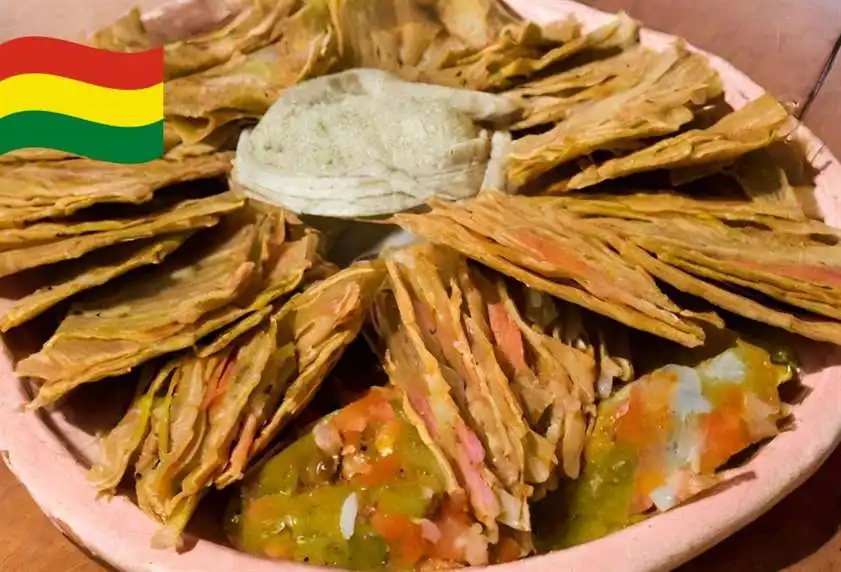
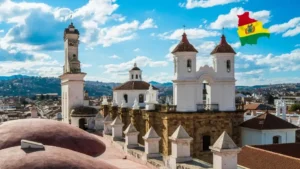
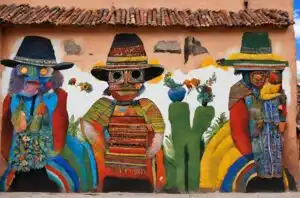
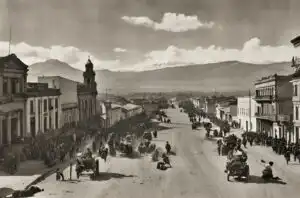
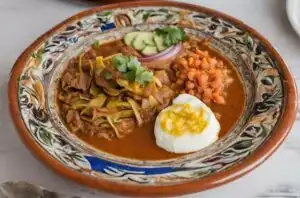

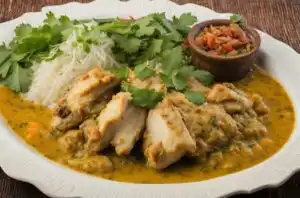
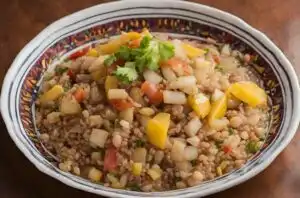
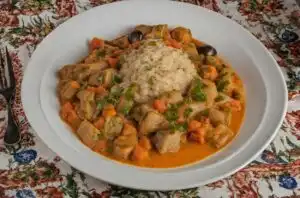



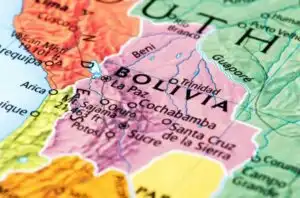
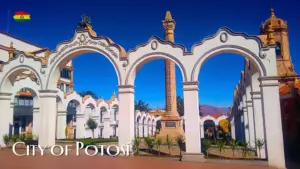


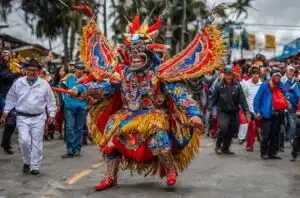
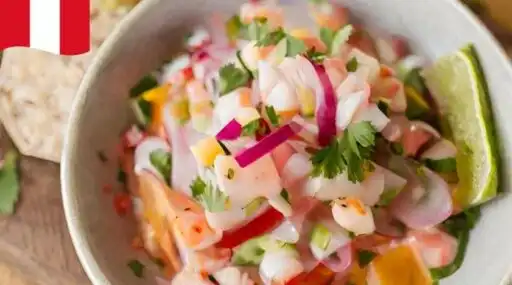

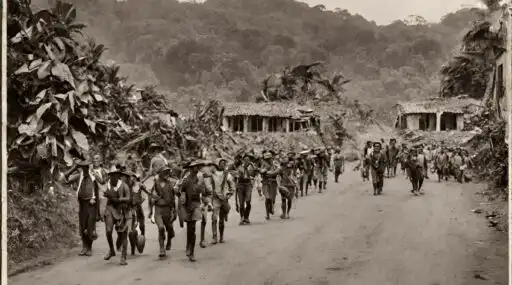


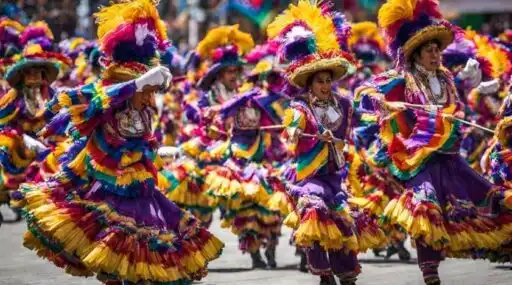


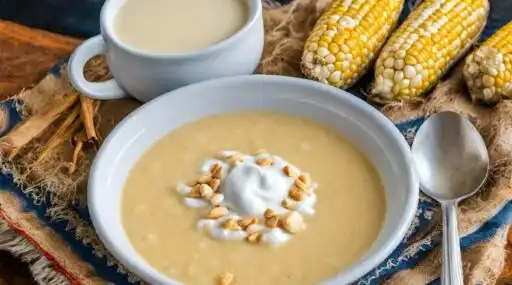





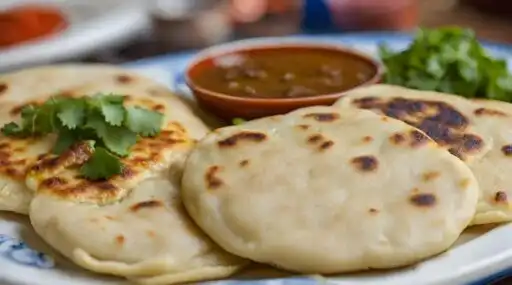

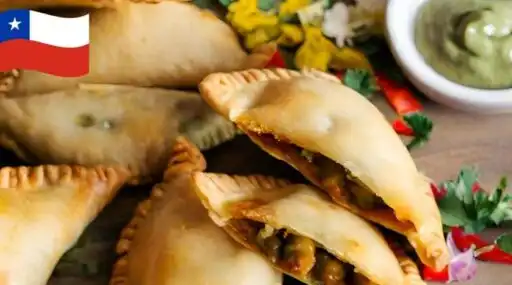



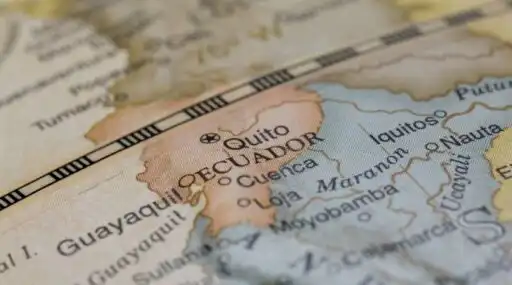




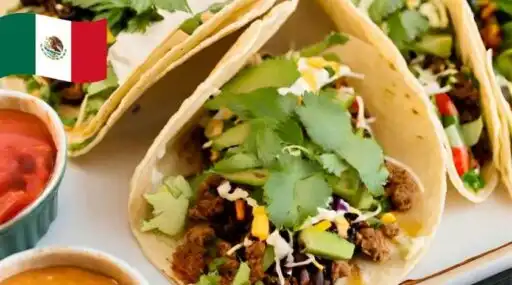
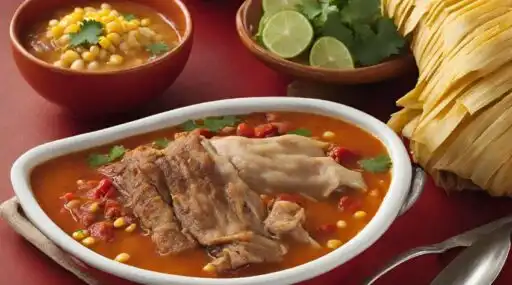
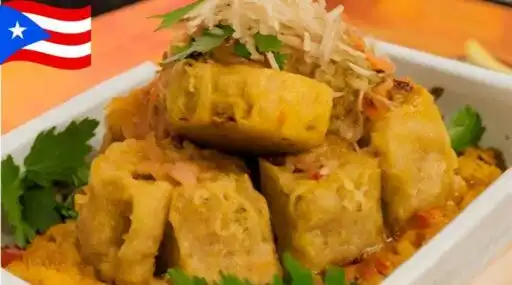


Leave a Reply